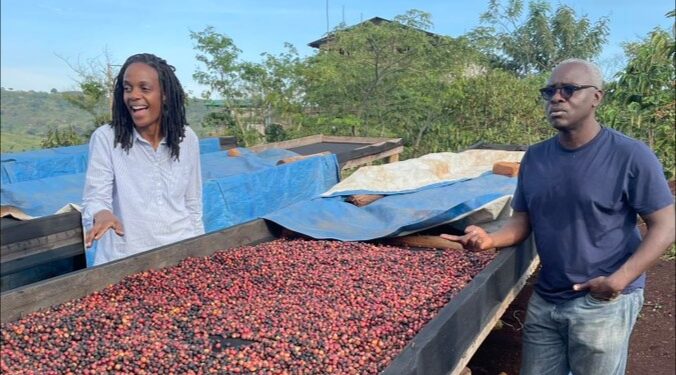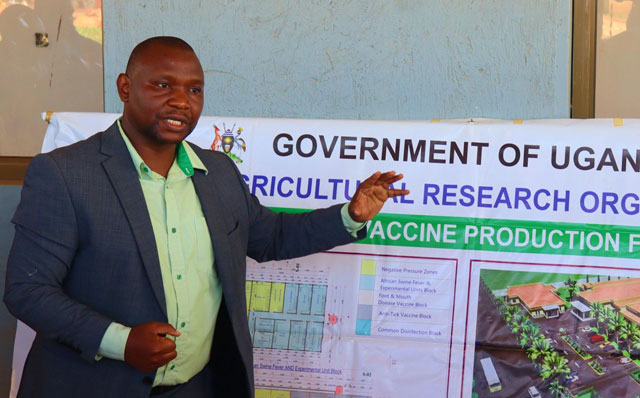Continuous emphasis on food crop production is identified as a hindrance to Uganda’s industrialization, as highlighted by Agriculture Minister Frank Tumwebaze. The minister underscores that despite food crops being the primary contributors to GDP, sectors such as Livestock, Fisheries, and Plantation farming, essential for agroindustrialization, have significantly lower contributions.
Tumwebaze emphasizes the vulnerability of communities to climate shocks due to a heavy reliance on less climate-resilient food crops, leading to fluctuations in poverty rates. He cites the 2021 Uganda Bureau of Statistics (UBOS) report, revealing a 1.7% increase in poverty rates from 2016/2017 to 2019/2021, resulting in around 1.4 million Ugandans slipping into poverty.
The minister attributes this trend to poor value chain selection, low agricultural productivity due to limited access to mechanization, irrigation, post-harvest losses, and inadequate value addition. Environmental factors such as wetland and forest degradation, declining soil fertility, and climate change exacerbate the challenges.
Tumwebaze points out the visible impacts of climate change, including increased incidences of droughts, floods, and disease outbreaks, affecting both livestock and fisheries. Natural resource degradation has led to sedimentation and silting of water bodies, impacting water quality and ecosystem health.
Despite the Agriculture sector contributing 24% to GDP in the fiscal year 2022/23, constituting 35% of export earnings, and employing 70% of Uganda’s workforce, it remains the primary driver for poverty reduction. Tumwebaze shared these insights during the launch of the six-year Uganda Climate Smart Agricultural Transformation Project (UCSATP) at Speke Resort Munyonyo in Kampala.
The $354.7 million project, funded by the World Bank, aims to support the government in identifying, developing, and incentivizing the adoption of climate-smart agriculture technologies. This includes practices facilitating climate adaptation in agricultural value chains, ultimately leading to a sustainable increase in productivity and household incomes.
The funding breakdown comprises $325 million in credit from the International Development Association of the World Bank, a $25 million grant from the Window for Host Communities (WHR), and $4.7 million in counterpart funding from the Ugandan government.
The UCSATP will focus on six key areas: Production, multiplication, distribution, and certification of seeds and stocking materials; Aquaculture development and fishing communities; Irrigation and Water for Agricultural Production; Disease and Vector control; Post-harvest handling and value addition and market access; and Reviving Mechanization centers, among other initiatives.




















